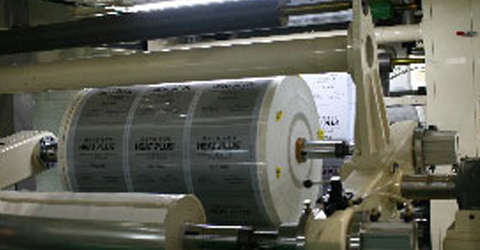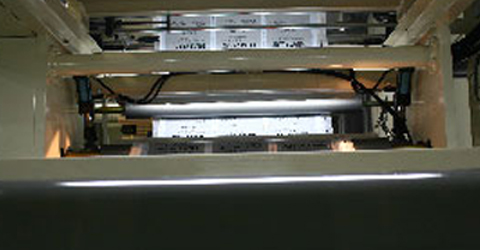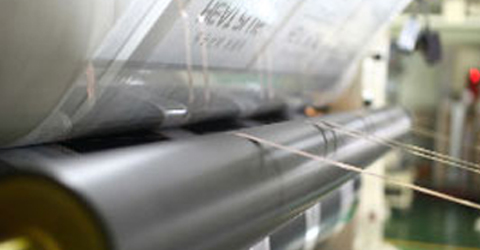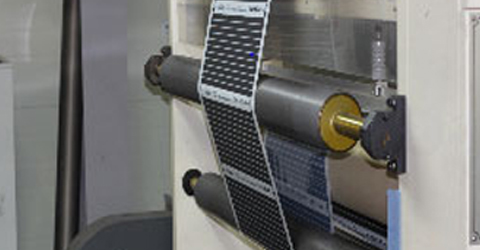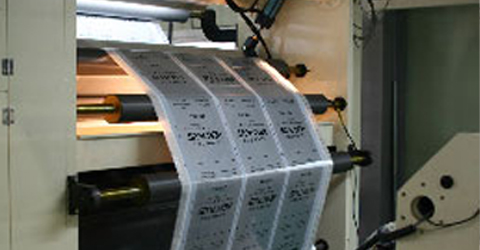
STEP1 Film heater designing
With the data provided by the customer, the amount of heat required, size, and materials are considered to meet the requirements of the customer as we design the products. Once completed, the design is handed over to the production department.
Depending on the applications, temperature and reliability are considered.

